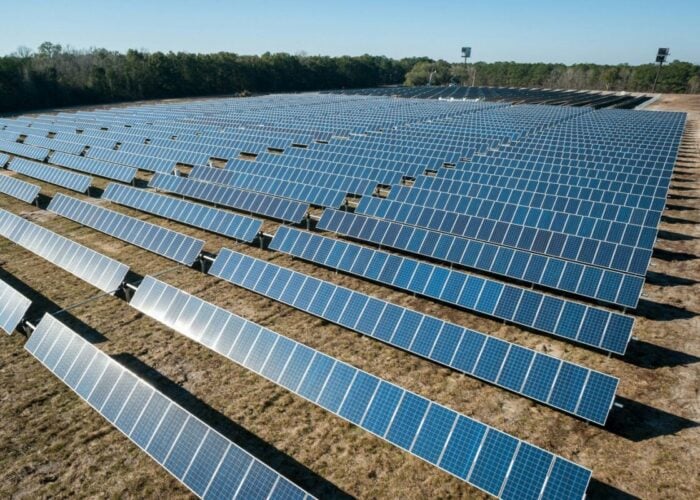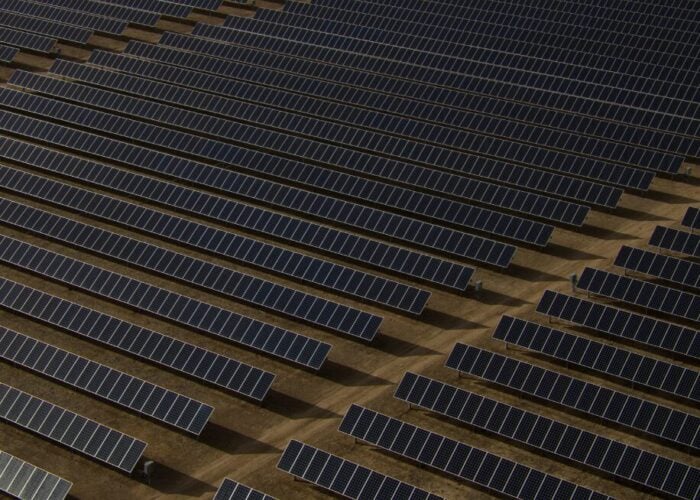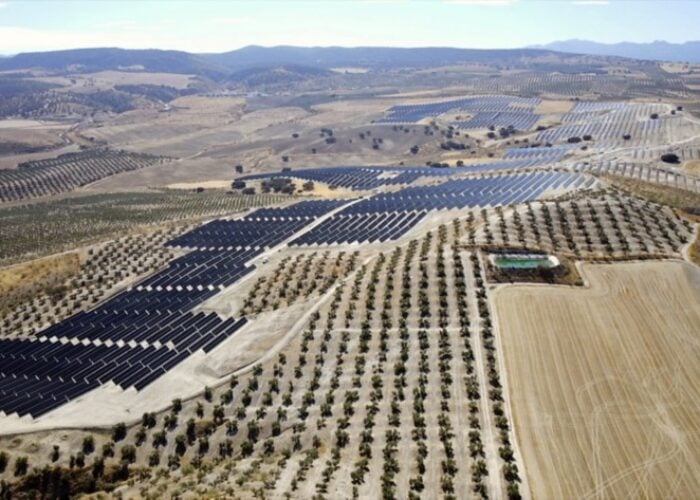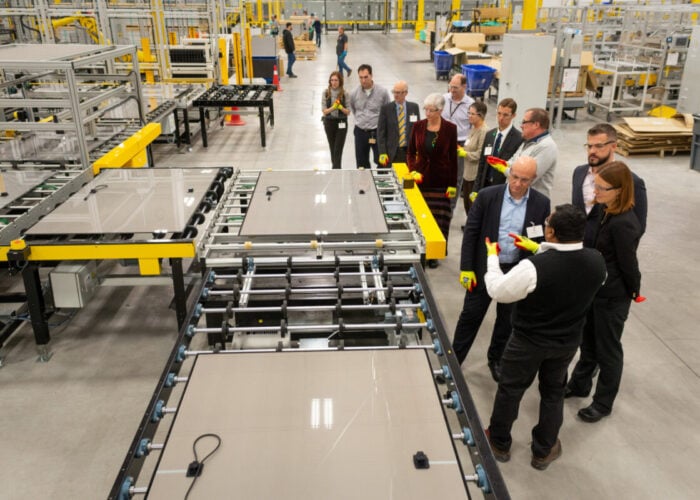SolarCity has announced a partnership with Google-owned Nest to trial new customers in California using Nest’s smart thermostats in conjunction with solar power consumption. Omar Saadeh, senior grid analyst at GTM Research, spoke to PV Tech about the trend for solar companies partnering with smart home technologies and the increasing consumer appeal of energy management systems.
Try Premium for just $1
- Full premium access for the first month at only $1
- Converts to an annual rate after 30 days unless cancelled
- Cancel anytime during the trial period
Premium Benefits
- Expert industry analysis and interviews
- Digital access to PV Tech Power journal
- Exclusive event discounts
Or get the full Premium subscription right away
Or continue reading this article for free
What data will SolarCity and Nest hope to find from the California trials?
There is a fundamental shift where you are seeing service providers from home telecoms, home energy and big box retail, look beyond simple solutions to the home by aggregating their information with Home Energy Management Systems (HEMS).
Using thermostats, for example, we are now seeing integration taking place with solar players like SolarCity, Sunrun and Enphase aggregating generation and consumption data together in the home behind the meter.
Enphase, for example, has two interesting partnerships with Nexia and with France’s Mylight. They incorporate generation data from the homeowner’s roof into the HEMS to give a unique capability.
A lot of other players in the home don’t have that unique perspective because they don’t have the data coming off the solar panel or the inverter.
What other kinds of technology are being looked at by solar companies?
You’re seeing a lot of solar companies approach the home energy management market from a solar-plus-storage perspective. Again this is in the pilot stage where a lot of them are using energy storage applications, backup power and solar smoothing to incorporate with solar, and you’re seeing some of the pilot projects being deployed at multi-unit residential buildings.
Several residential solar players are looking into similar exploratory partnerships in electric vehicle charging and gateways. Other service providers look at home security expanding into broadband. Vivint Solar has a bilateral marketing arrangement with Vivint Inc. such that, if they sell solar panels, they’re incentivised to sell a home energy management system. They have also expanded into wi-fi services.
Is this a competitive sector?
A few years ago there was minimal competition and the utilities were the incumbent. It was their space.
Recently it only applied to the tech savvy consumer looking to spend US$400 to install thermostats out of curiosity and it did not apply to the general population. But as hardware costs decrease, vendors are really working together now to establish more holistic solutions. Analytics are driven such that costs are decreased and they can address a broader audience.
This market is a competitive and collaborative space where vendors depending on their expertise are looking to partner with other vendors to bring a better, more holistic solution to the table.
Does the Nest and SolarCity partnership have mainstream appeal?
SolarCity is already addressing energy conscious consumers with rooftop solar models. They already have a foot in the door. The Nest thermostat is a value added to their current bundle.
Where is the partnership headed?
The trials are limited to California, but if successful it could be extended to other markets such as Hawaii that do have high penetration of solar.
As people become more conscious of their energy use, this will become more attractive to the population, nationally and internationally. We are seeing an exponential increase in the number of partnerships going on right now in this whole energy management space.






